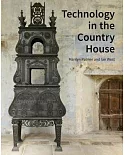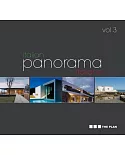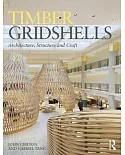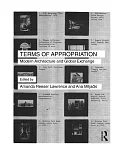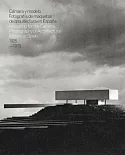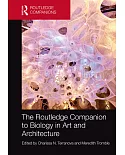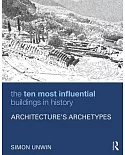Long regarded as one of the most important works ever written in the field of architectural criticism and architectural history Das Englische Haus was first published in 1904 and is
now for the first time translated into English in its entirety, with all its original contemporary illustrations and plans. Hermann Muthesius was the cultural attaché at the German Embassy in
London at a time of profound change in the arts and crafts and particularly in domestic architecture in Britain. An architect himself, and a friend of Mackintosh and Lethaby, Muthesius was
fascinated by the English love of home and countryside, their dislike of ostentation and their enthusiasm for cleanliness – all of which showed itself in the architecture of the day, and
which he recorded and discussed in astonishing and still unmatched detail. This book presents the social and historical development of the English house from about 1860 to 1900 – the age of
Norman Shaw, Philip Webb, Voysey and Lutyens as well as Mackintosh and Morris. The planning, layout, aspect and aesthetics of the house, are all discussed, analysed and illustrated in detail,
along with the interiors, the gardens and even the furniture and sanitary fittings. It has been observed that this book which was, and remains, hugely influential 'single-handedly changed the
course of European architecture'. Its full significance can now be properly measured and appreciated.






